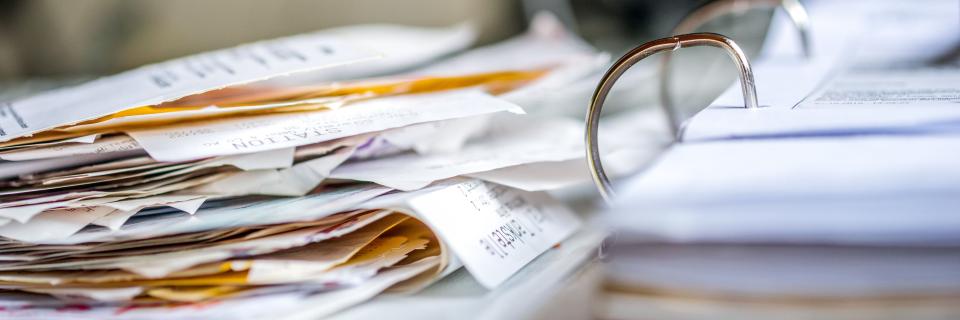
What is factoring?
Factoring is when a factoring company purchases your open invoices. In simplified terms, you send a factoring company your invoices and they pay you the invoice total minus a factoring fee. You get the money within 24 hours instead of waiting 30 – 60 days for your customer to pay, immediately increasing your cash flow.
But how much does factoring cost? Factoring companies make money from a factoring rate or fee on each factored invoice. There are two main types of factoring rates: Flat rates and tiered rates. Each has its own benefits and either might be best for your business based on your needs.
Flat Factoring Rates are Consistent
A flat factoring rate means the percentage you pay on each factored invoice is always the same. You know exactly what you’re paying in exchange for the advance on your invoice, regardless of how quickly or slowly your customers pay the factoring company for your invoice.
For example:
- You submit a $1,000 invoice to your factoring company.
- They pay you an advance on the invoice, minus the factoring fee.
- If the advance rate is 97%, you will receive $970. If the flat fee is 3%, they keep the remaining balance and the transaction is complete (as long as your customer pays the invoice).
- This fee remains the same (consistently 3%), no matter how long it takes for the factoring company to receive the invoice payment from your customer.
There are a few key reasons why a business might prefer flat-rate factoring. You always know your costs, and because your flat rate is dependable, you can plan for them with certainty. In some cases, for example if you substantially increase the amount you factor per month, your flat fee might become lower. It will remain consistent for every invoice though.
Tiered Factoring Rates Provide Opportunities for Savings
A tiered factoring rate means the percentage you pay on each factored invoice is a variable amount that depends on how quickly your customers pay the invoice.
For example:
- You submit a $1,000 invoice to your factoring company
- They pay you an advance on the invoice.
- If the advance rate is 97%, you will receive $970. The remaining 3% is kept as a reserve until your customer pays the balance on the invoice.
- When your customer pays the factoring company, the factoring company will send you the remaining balance (reserve), minus a factoring fee. The fee amount will depend on the number of days it took your customer to pay the factoring company on the invoice. If your customer pays the factoring company quickly, your variable rate is lower, and you get more of the reserve back.
- If your customer pays within 10 days, the fee is only 1% (you get 2% back)
- If your customer pays within 20 days, the fee is 2% (you get 1% back)
- If you customer takes over 30 days to pay, the fee is 3% (you don’t get any additional money back)
In exchange for predictability, tiered rates often result in savings. You will end up paying a lower factoring fee when your customers pay on time or earlier than anticipated.
How Do These Different Options Affect My Business?
The type of rate structure you need for factoring will depend on your specific business needs and the types of invoices (and customers) you are factoring.
Things to consider might include:
- How your operations are structured – Does it help to plan for a flat rate, or is it worth waiting to finalize your books in pursuit of potential savings?
- How dependably your customers pay on time (and in what volume) – Do most of your customers pay within 30 days? Do you have large invoices where the difference in fees could result in substantial savings?
Still have questions? Reach out to RTS Financial today. We’ve been providing customized factoring solutions for trucking companies since 1995.